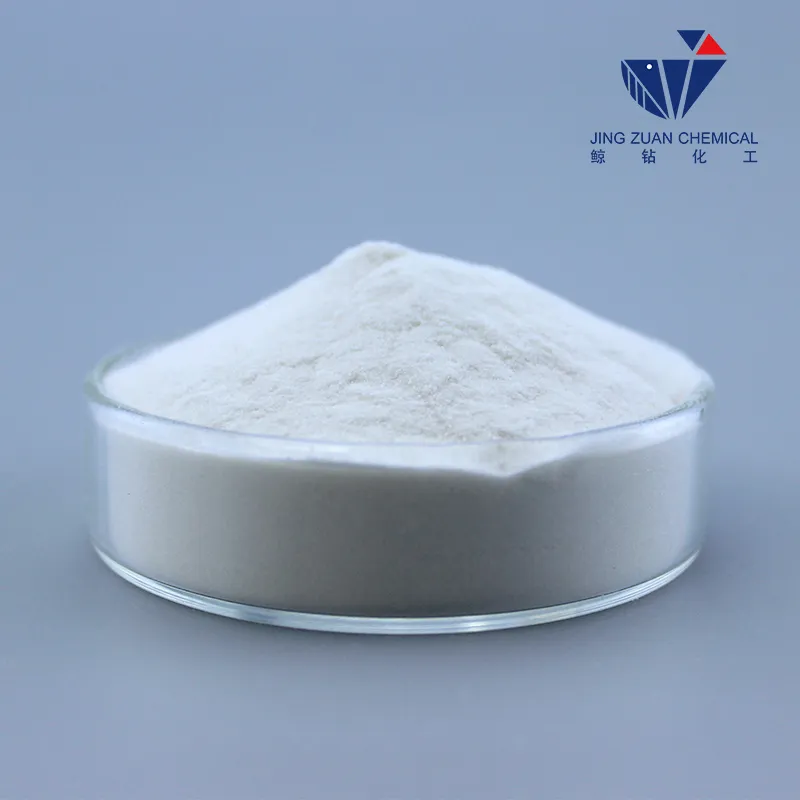
Jul . 29, 2024 23:37 Back to list
Exploring Different Types of Redispersible Polymer Powders for Various Applications in Construction and Coatings
Understanding Redispersible Polymer Powder Types
Redispersible polymer powders (RDPs) are versatile materials used in a wide range of applications, predominantly in the construction and building materials industry. They are engineered to enhance the properties of mortars, plasters, and adhesives, making them essential for modern construction practices. RDPs are made from various polymer types, each offering unique characteristics and benefits. This article delves into the various types of redispersible polymer powders and their applications.
What is Redispersible Polymer Powder?
Redispersible polymer powders are dry, free-flowing powders that can be re-dispersed in water. They are derived from emulsion polymers, which means they are formulated from different polymers like vinyl acetate, ethylene, styrene, and acrylics. Once these emulsions are dried, they can be processed into powder form, preserving their ability to rehydrate and regain their original properties upon mixing with water.
Types of Redispersible Polymer Powders
1. Vinyl Acetate-Ethylene (VAE) Copolymer Powder VAE copolymers are among the most commonly used types of redispersible polymer powders. They exhibit excellent adhesion, flexibility, and water resistance, making them ideal for use in tile adhesives, plasters, and exterior wall coatings. VAE powders also improve the mechanical strength of mortars while providing enhanced workability.
2. Acrylic Polymer Powder Acrylic-based RDPs are known for their outstanding weather resistance, UV stability, and color retention. These properties make acrylic powders suitable for exterior applications such as facade coatings and decorative finishes. Additionally, they offer superior adhesion and flexibility, which are crucial for maintaining the integrity of the structure over time.
3. Styrene-Acrylic (SA) Copolymer Powder Styrene-acrylic powders balance the performance features of both styrene and acrylic polymers. They are particularly effective in providing strong adhesion and are commonly used in adhesive formulations for flooring and wall applications. SA RDPs offer good resistance to water and weather, making them suitable for outdoor applications as well.
redispersible polymer powder types

4. Ethylene-Vinyl Acetate (EVA) Powder EVA powders are known for their elastic properties and ability to provide good adhesive strength. They are often employed in formulations where flexibility and durability are required, such as in flooring adhesives and sealants. EVA RDPs can withstand temperature fluctuations, making them reliable for varied climate conditions.
5. Polyvinyl Acetate (PVA) Powder Polyvinyl acetate powders are valued for their excellent film-forming properties and emulsification capabilities. These powders are commonly used in adhesives, paints, and coatings, providing good adhesion and improving the overall performance of the formulation. However, they are generally less weather-resistant than other polymer powders, making them more suitable for indoor applications.
Applications of Redispersible Polymer Powders
Redispersible polymer powders find applications in various sectors, primarily in construction, including
- Tile Adhesives RDPs enhance adhesion, flexibility, and water resistance, making them ideal for bonding tiles in wet and dry contexts. - Plaster and Mortar They improve the workability, adhesion, and flexibility of plaster and mortar applications, ensuring durability and performance. - Exterior Coatings RDPs provide protective and decorative finishes for building facades, enhancing weather resistance and UV stability. - Flooring Materials In flooring adhesives and self-leveling compounds, RDPs offer elasticity and bond strength, crucial for stability and longevity.
Conclusion
In conclusion, redispersible polymer powders play a pivotal role in enhancing the performance of various construction materials. Understanding the different types of RDPs and their specific applications allows manufacturers to make informed choices, ensuring that the end products meet the desired performance standards. As the construction industry continues to evolve, RDPs will remain integral to developing innovative materials that cater to dynamic building needs.
-
Versatile Hpmc Uses in Different Industries
NewsJun.19,2025
-
Redispersible Powder's Role in Enhancing Durability of Construction Products
NewsJun.19,2025
-
Hydroxyethyl Cellulose Applications Driving Green Industrial Processes
NewsJun.19,2025
-
Exploring Different Redispersible Polymer Powder
NewsJun.19,2025
-
Choosing the Right Mortar Bonding Agent
NewsJun.19,2025
-
Applications and Significance of China Hpmc in Modern Industries
NewsJun.19,2025







